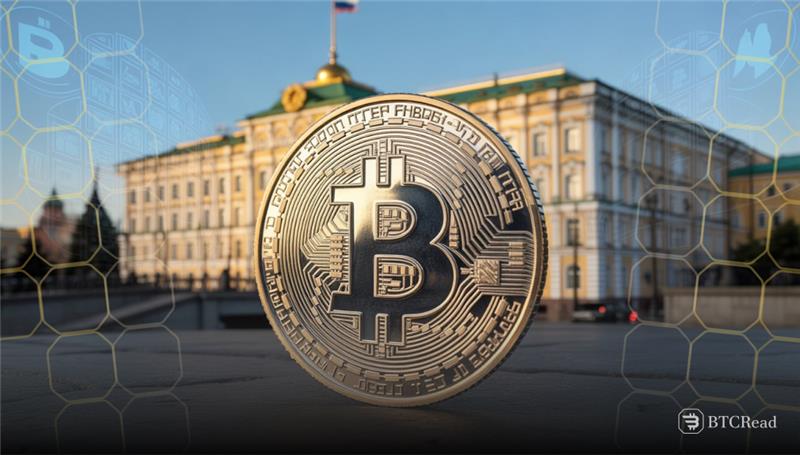Russia’s largest commercial bank, Sber, has launched an investment instrument tied to the price of Bitcoin and the dollar. The bond follows the movement of Bitcoin’s market price along with the fluctuation of the dollar exchange rate against the ruble to provide the return. Sber has released the instrument to eligible investors through the channels of over-the-counter trading.
The bank indicated that it would list the Bitcoin-backed bond on the Moscow Exchange in the future to enhance accessibility to investors. Sber announced on May 30th another move toward digital finance products under Russian legal regulations. The bank stated it structured the bond so investors can gain from both rising Bitcoin prices and ruble depreciation.
All settlements for this bond are conducted in Russian rubles, being fully compliant with the regulations of the local economy. Due to this arrangement, investors never need to have to use cryptocurrency wallets or rely on foreign, unregulated platforms. This arrangement provides greater accessibility to those who would otherwise hesitate to engage directly with cryptocurrencies.
Bitcoin Products Expand Across Russian Banks
Sber also said it intends to introduce exchange-traded products on its SberInvestments platform. The initial item on this list is to be a Bitcoin futures instrument, to trade on the Moscow Exchange starting June 4. The new products form part of a larger push to integrate crypto-related investment instruments in the official finance sector of Russia.
On 28th May, Russia’s central bank permitted licensed banks to provide select crypto-associated financial instruments to qualified investors. The banks are yet to provide direct exposure to such cryptocurrencies as Bitcoin or Ether. T-Bank, previously Tinkoff Bank, also rolled out its Bitcoin-associated investment instrument on the same date Sber’s move came. It was released employing Atomyze, the official blockchain tokenization platform of the country.
Recent Russian central bank data indicates citizens own roughly 827 billion rubles in cryptocurrency on centralized exchanges. The first three months of 2025 saw a 51 percent growth in the inflows to crypto platforms to 7.3 trillion rubles. Bitcoin dominates Russian exchanges at 62 percent, followed by Ether at 22 percent, with the remaining portion comprised of stablecoins.







